I recently returned to photograph Argentina’s Puna de Atacama region, a high desert plateau located in a remote corner of northern Argentina, adjacent to Chile’s Atacama Desert. I previously wrote about Argentina’s Puna region for Outdoor Photography Guide. This year I was leading a photo tour for Epic Destinations, and the stunning scenery of the Puna did not disappoint me and my clients.
Our first stop was at the beautiful Quebrada de Las Conchas natural preserve just outside the town of Cafayate, located in Argentina’s famous high altitude wine region. Although the preserve has plenty of beautiful sandstone scenery, my favorite photo was made when I entered into a nascent “slot canyon” formed by rainwater erosion in the soft bentonite clay commonly found in the area. I choose an ultra-wide perspective, aiming my camera down to accentuate the canyon’s converging striations.
Our next stop was the massive white pumice stone labyrinth of the Campo de Piedra Poméz. It’s easy to get lost (in a good way) in this beautiful area, containing unique scenery found nowhere else on Earth. While I was wandering around one morning, the sun broke through the clouds, illuminating the pumice stones in the background. I choose to include some rippled sand in the foreground to help lead the eye deeper into the scene.
The next evening, we traveled to Laguna Grande, a high altitude saline lake filled with thousands of flamingos. Although the birds proved shy, we were rewarded with a sudden break in the clouds at sunset, bathing the sky in glorious red light. I used the shoreline, which was covered with salt-encrusted flamingo feathers, as my foreground.
We also stopped at Salinas Grandes, a massive salt flat covering an area of 2,300 square miles. There we found plenty of natural saline pools and interesting hexagonal salt patterns. I photographed this set of patterns at sunrise, waiting for the moment when the sun first peeked above the horizon. By stopping down, I was able to render the sun as an attractive star burst.
Our final stop was a sunset shoot looking into the rainbow-painted Hornocal Mountain. I felt that the harsh sunlight on the mountain wasn’t ideal for photography, so I waited until after the sun had set to start shooting. The soft, colorful light of twilight helped bring out the colors and patterns.
To see more of my Puna de Atacama photos, visit my website: Ian Plant Photography – Puna de Atacama, Argentina
About the author: World-renowned professional photographer and Tamron Image Master Ian Plant is a frequent contributor to several leading photo magazines and the author of numerous books and instructional videos. You can see more of Ian's work at www.ianplant.com.
Have something to add to the story? Leave a comment or email editor@outdoorphotographyguide.com.
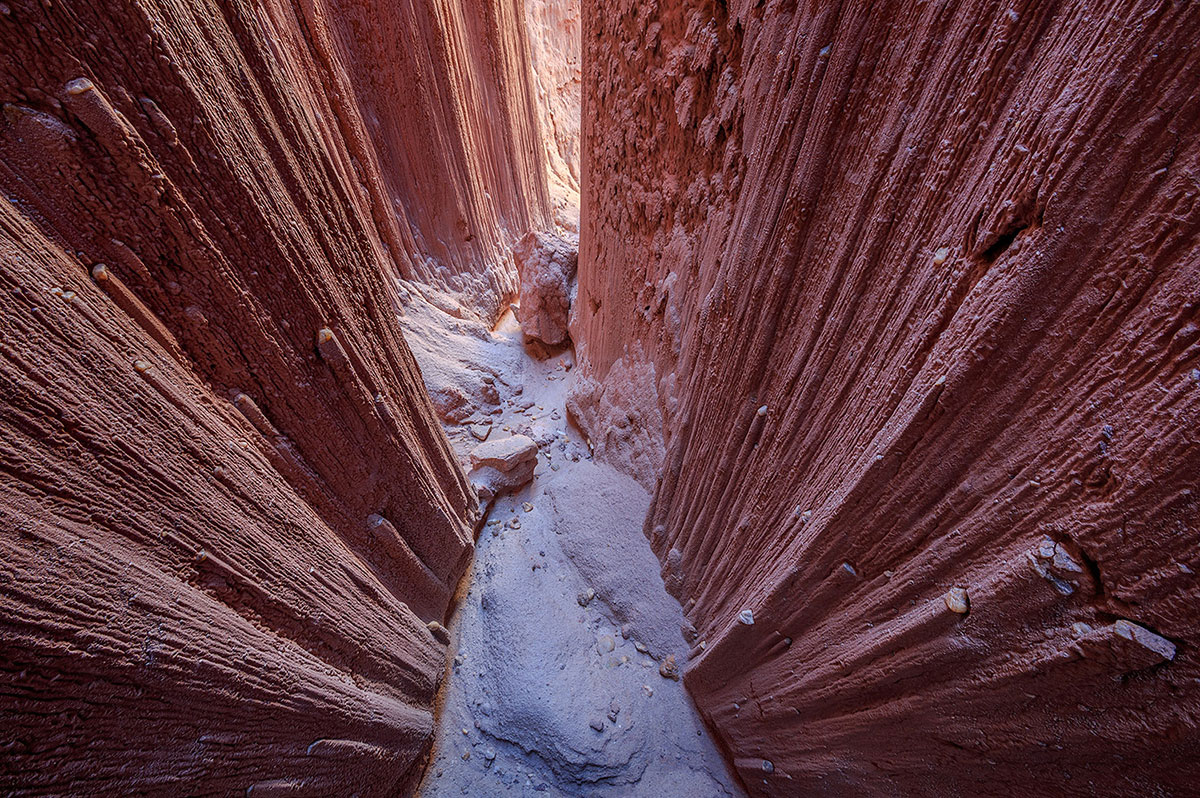
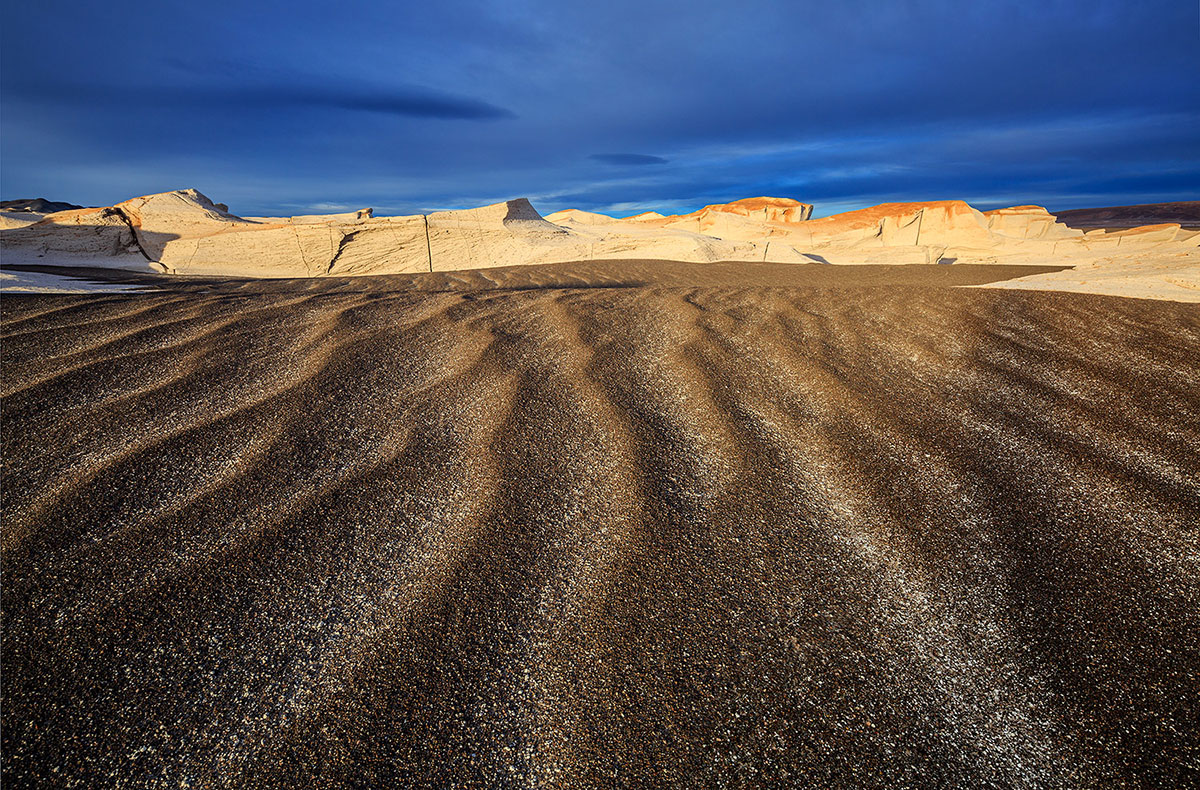
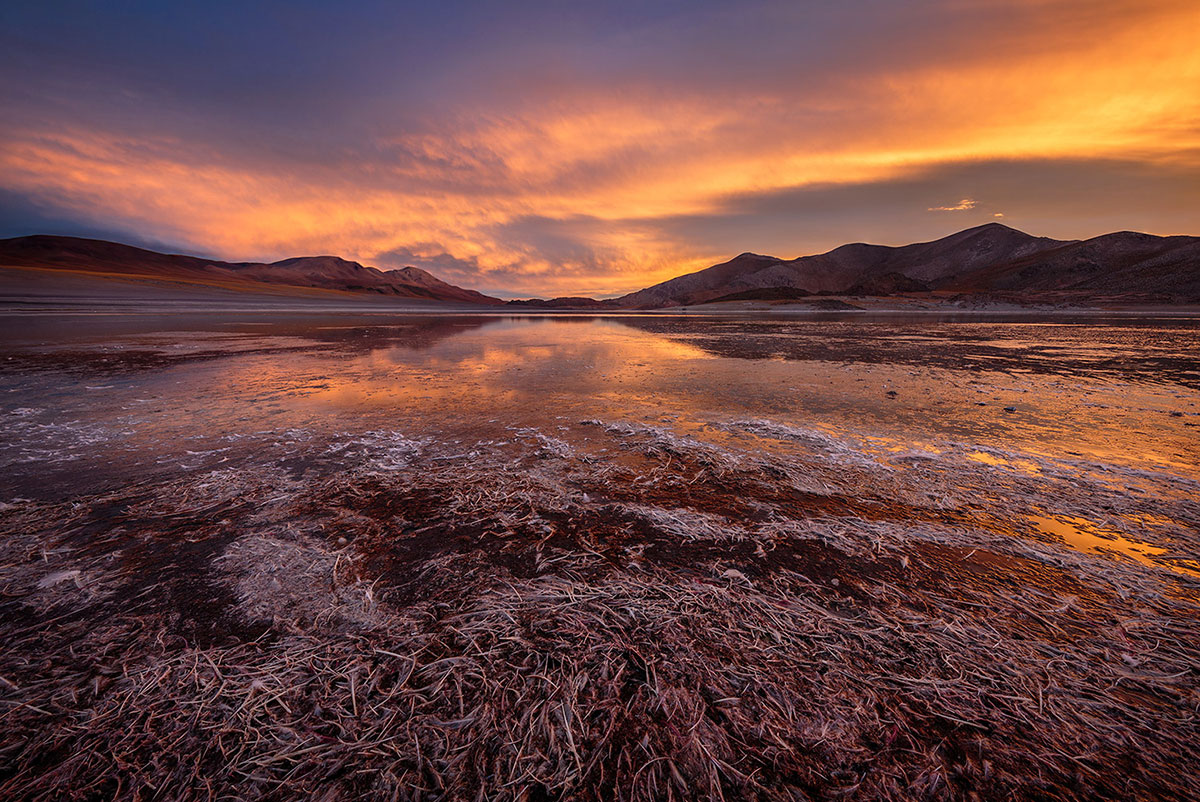
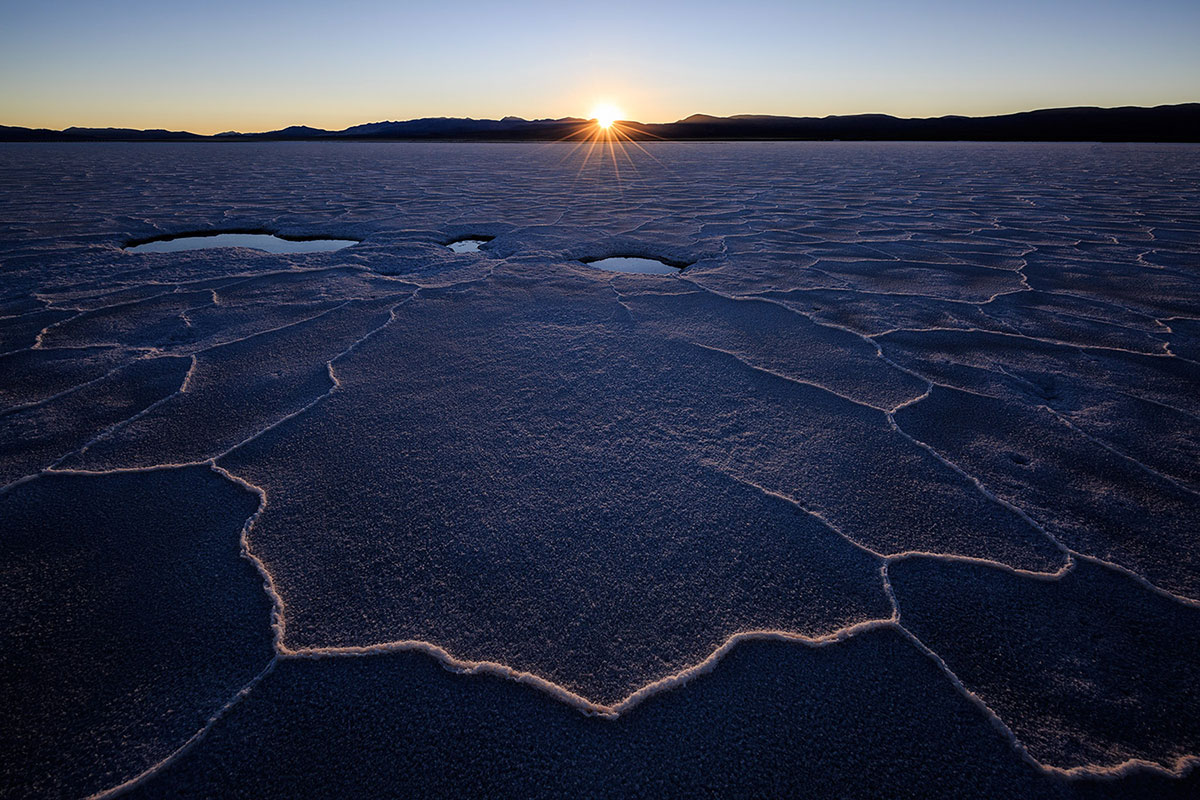
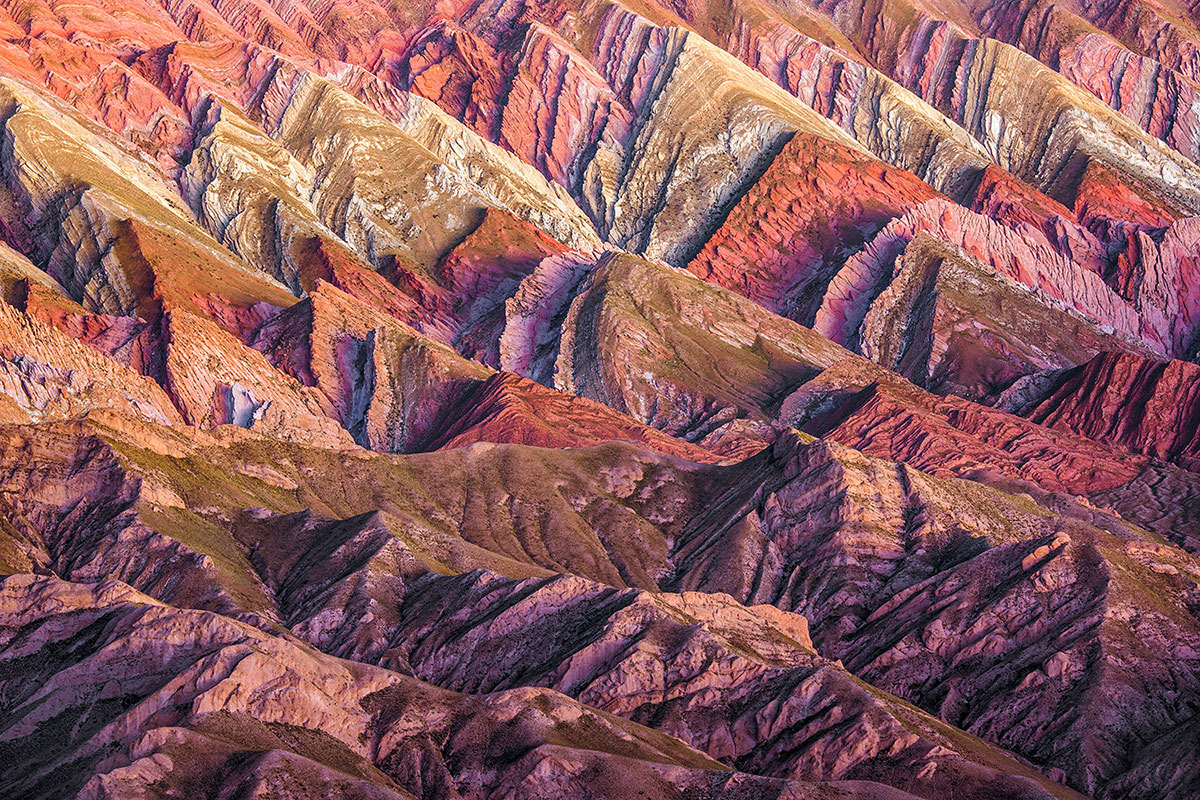
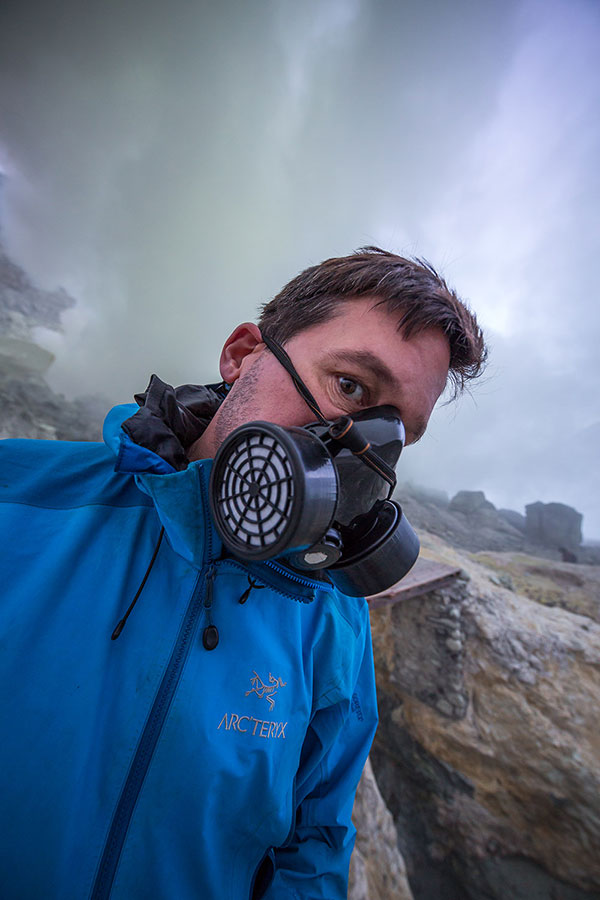

Good stuff Ian. One of these days I have to make it down south for the colors.